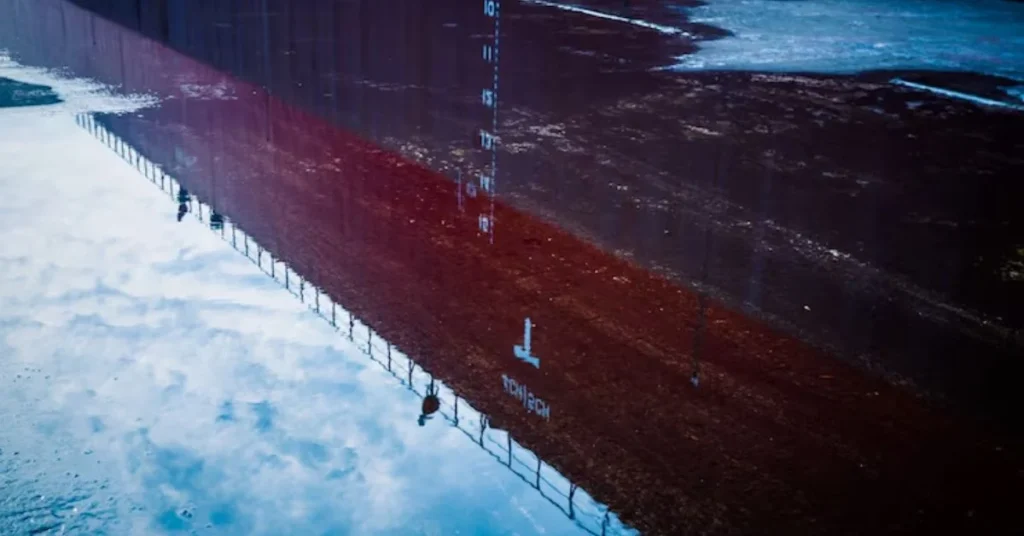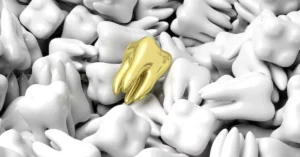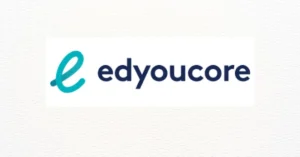In 2025, as the global infrastructure push meets rising climate risks, few engineering niches have grown as quickly—or quietly—as underwater geomembrane repair. From aging hydroelectric dams to aquaculture facilities and potable water reservoirs, the need to maintain subaqueous liner integrity has become not only a technical challenge but a matter of environmental security, regulatory compliance, and sustainable resource management.
Long considered a difficult and expensive undertaking, underwater geomembrane repair is undergoing a transformation. The field—once dominated by divers, cranes, and guesswork—is now increasingly defined by remote robotics, advanced polymers, AI-assisted imaging, and hybrid sealing methods that make permanent repair possible without draining a site.
This long-form report, in the in-depth, contextual style of The New York Times, explores the current state and future direction of underwater geomembrane repair, presenting both the challenges and the solutions redefining this critical engineering discipline.
The Function of Geomembranes
Geomembranes are synthetic liners—typically made from high-density polyethylene (HDPE), polyvinyl chloride (PVC), ethylene propylene diene monomer (EPDM), or reinforced flexible polypropylene (RPP)—used to prevent fluid migration in containment structures. Common in landfills, mining tailings dams, canals, reservoirs, and fish farms, geomembranes act as impermeable barriers between liquids and the environment.
When submerged, geomembranes are subjected to increased stress due to hydrostatic pressure, mechanical wear, chemical exposure, and biofouling. Cracks, seam separations, or punctures—left undetected—can lead to catastrophic seepage, contamination, or structural collapse.
Traditionally, addressing these failures required draining the facility, drying the liner, and performing manual patching or welding. That model is rapidly becoming obsolete.
Challenges of Submerged Repair
1. Visibility and Inspection
Even in controlled environments, visibility underwater is limited. Turbidity, algae growth, and sediment buildup obscure direct assessment of liner conditions.
2. Adhesion and Surface Preparation
Effective patching or welding relies on clean, dry surfaces. Underwater conditions compromise adhesion, especially in thermoplastics.
3. Pressure and Movement
Repairs must endure pressure variances, dynamic flow conditions, and movement from waves, aquatic organisms, or structural shifts.
4. Safety and Cost
Diver-led inspections are hazardous and costly. Downtime for draining can take weeks, delaying operations and multiplying labor costs.

Emerging Solutions in 2025
1. ROV-Based Inspection and Repair
Remote-operated vehicles (ROVs), adapted from subsea oil and gas applications, now serve as the frontline diagnostic tool. Outfitted with:
- Multispectral cameras
- LIDAR scanners
- Magnetic leak detection sensors
These robots can autonomously map liner topography and detect breaches with centimeter precision. Some models now include robotic arms equipped with patch deployment tools.
2. Ultrasonic Non-Destructive Testing (NDT)
Ultrasonic probes can identify voids, delaminations, or seam weaknesses. AI interprets acoustic signatures to classify the type and urgency of damage—providing actionable repair plans before a diver or robot is deployed.
3. Underwater Welding Advancements
Fusion welding, once impossible underwater, has been adapted using:
- Localized dry chambers (miniature habitats attached to the membrane)
- Electrofusion patches with thermal coils activated through waterproof connectors
- Magnetic induction welding tools
These methods create molecular-level bonding in situ.
4. Hydrophilic Sealants and Adhesives
New formulations of underwater epoxy and polyurethane sealants react positively with water. Some use moisture as a catalyst, enabling adhesion in saturated conditions.
Self-expanding hydrogels also provide temporary sealing for high-flow leaks until permanent repair can be implemented.
Use Case: Hydroelectric Reservoir, Northern Europe
When a critical seam failed in a 22-year-old HDPE liner at a Norwegian hydroelectric site, traditional repair would have required a 60-day draining period. Instead:
- ROVs scanned the 1.2 km base
- Four tears were located and digitally modeled
- Robotic patch arms deployed self-bonding repair sheets
- Real-time monitoring confirmed stability post-installation
The result? Total downtime: 9 days. Cost: 40% of the initial estimate. Environmental impact: minimal.
Environmental Considerations
Leaks in containment areas not only risk structural damage—they also threaten ecosystems. In fish farms, liner breaches can introduce toxins or allow species escape. In wastewater ponds, contamination of nearby water tables can occur.
Regulatory scrutiny is increasing. Agencies in the U.S., EU, and Southeast Asia now mandate periodic underwater inspection of geomembranes in high-risk environments.
Repair systems must:
- Minimize material shedding
- Avoid aquatic toxicity
- Enable long-term monitoring post-fix
Role of AI and Predictive Maintenance
In 2025, AI doesn’t just react—it predicts. Platforms now use historical inspection data, water chemistry logs, and temperature patterns to forecast failure zones before they happen.
Digital twins of liner infrastructure simulate stress loads and aging trajectories, triggering alerts before leaks occur. This shift to preventative maintenance reshapes budgeting, planning, and environmental strategy.
Workforce and Training
The rise of underwater geomembrane repair tech has created demand for:
- ROV operators trained in liner systems
- Certified underwater welders for polymer applications
- Data analysts interpreting inspection reports
- Hybrid engineers familiar with both civil and marine technologies
Specialized certifications are now offered by bodies such as the International Geosynthetics Society and regional engineering institutes.
Global Market Trends
In 2025, the underwater geomembrane repair market is projected to exceed $2.4 billion, with growth fueled by:
- Climate-related flooding retrofits
- Aging infrastructure in water-scarce regions
- Expansion of aquaculture and desalination facilities
Major players include firms specializing in:
- Modular repair systems
- Robotic integration
- Bio-compatible liner innovations
Emerging markets like India, Chile, and East Africa are investing heavily in repair technologies to extend the lifespan of capital-intensive water assets.
Limitations and Future Research
Despite progress, challenges remain:
- Robotic repairs are still slower than manual ones
- Adhesive patches degrade faster in warm, acidic water
- Seam matching across irregular terrain is difficult
Research areas include:
- Smart materials that self-report damage
- AI-guided autonomous patch bots
- Nanotech coatings that prevent biofouling and abrasion
Collaboration between universities, tech firms, and public utilities is essential to advance the field.
Conclusion: The Hidden Infrastructure Revolution
While invisible to most, underwater geomembranes are essential to daily life—keeping water clean, systems intact, and disasters at bay. Their maintenance has long been a logistical headache. But in 2025, thanks to breakthroughs in robotics, materials science, and AI, the underwater repair landscape is becoming more precise, less disruptive, and environmentally aligned.
The future of infrastructure is not only built—it is maintained beneath the surface. In a time of global change, innovation underwater may be the most critical kind.
For more information, click here.









